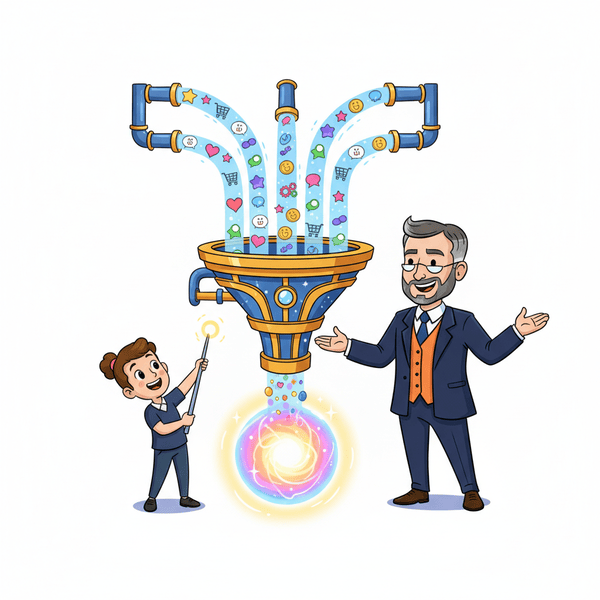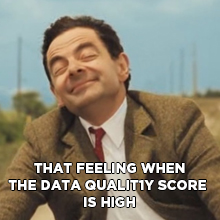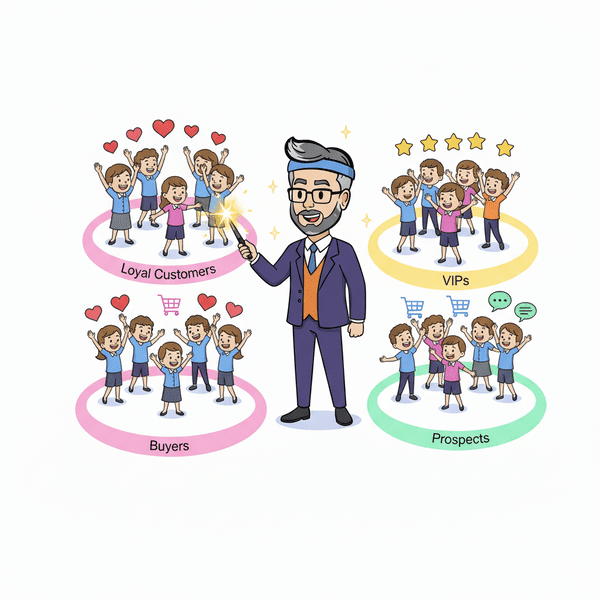What is Demand Harvesting?
Definition: Demand harvesting refers to the process of capturing and converting existing demand into sales. This is done by targeting consumers who are actively looking for a product or service. Unlike demand generation, which focuses on creating interest, demand harvesting prioritizes reaching ready-to-buy customers through strategic marketing efforts. Examples are: search engine marketing (SEM), retargeting, and conversion rate optimization (CRO).
Example in a Sentence: By leveraging demand harvesting techniques like Google Ads and retargeting, the company can increase its conversion rate by 30%.

Why is Demand Harvesting Important?
1. Maximizes ROI
Since demand harvesting focuses on consumers already in the decision-making phase, marketing spend is more efficient, leading to higher ROI.
2. Shortens the Sales Cycle
By targeting consumers with existing intent, businesses can reduce the time it takes to convert a lead into a paying customer.
3. Improves Marketing Efficiency
Rather than spending resources on creating awareness, demand harvesting optimizes marketing efforts toward high-intent audiences. This enables resources to be allocated where they will have the most impact.
Key Demand Harvesting Strategies
1. Search Engine Marketing (SEM)
Running pay-per-click (PPC) ads on search engines like Google and Bing to capture users actively searching for relevant products or services.
2. Retargeting Ads
Displaying ads to users who have previously visited a website but haven’t converted, keeping the brand top of mind and encouraging return visits.
3. Conversion Rate Optimization (CRO)
Improving website elements—such as landing pages, CTAs, and checkout processes—to maximize conversions from existing traffic.
4. SEO for High-Intent Keywords
Optimizing content for transactional keywords that indicate strong purchase intent, ensuring visibility in organic search results.
5. Email Marketing to Warm Leads
Sending targeted email campaigns to nurture prospects who have already shown interest in a brand, moving them closer to conversion.
How to Implement an Effective Strategy For Demand Harvesting
1. Identify High-Intent Audiences
Use an analytics tool to pinpoint consumers already showing intent to purchase, such as those searching for specific products or visiting key web pages.
2. Optimize Landing Pages for Conversions
Ensure landing pages are designed to guide users seamlessly toward completing a purchase with compelling CTAs and a frictionless checkout experience.
3. Leverage Retargeting and Remarketing
Utilize retargeting campaigns to re-engage potential customers who left without converting, using dynamic ads that reflect their browsing history.
4. Use Data-Driven Insights
Continuously analyze campaign performance and user behavior to refine strategies and improve conversion rates.
5. Test and Optimize Regularly
Conduct A/B tests on ads, landing pages, and email campaigns to identify what works best and make data-backed adjustments.
Capture More Sales
By focusing on consumers with existing intent, businesses can streamline their marketing efforts, reduce acquisition costs, and drive higher conversions. Implementing demand harvesting strategies ensures that no potential revenue is left on the table, making it a crucial component of any growth-driven marketing plan.
More Definitions: Conversion Rate Optimization (CRO) Definition, Retargeting Definition, Customer Acquisition Cost (CAC) Definition, Remarketing Definition, Call to Action (CTA) Definition, Low-Hanging Fruit Definition, Demand Curve Analysis and Dynamic Pricing
Useful Posts: Head of Growth Services | Sales Funnel Professor and Is a Fractional SEO Consultant the Right Choice for You?























